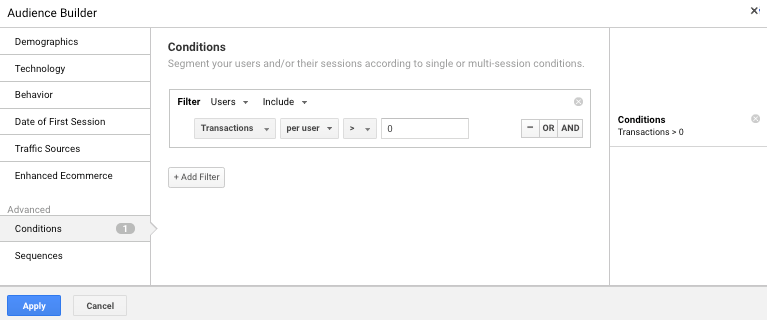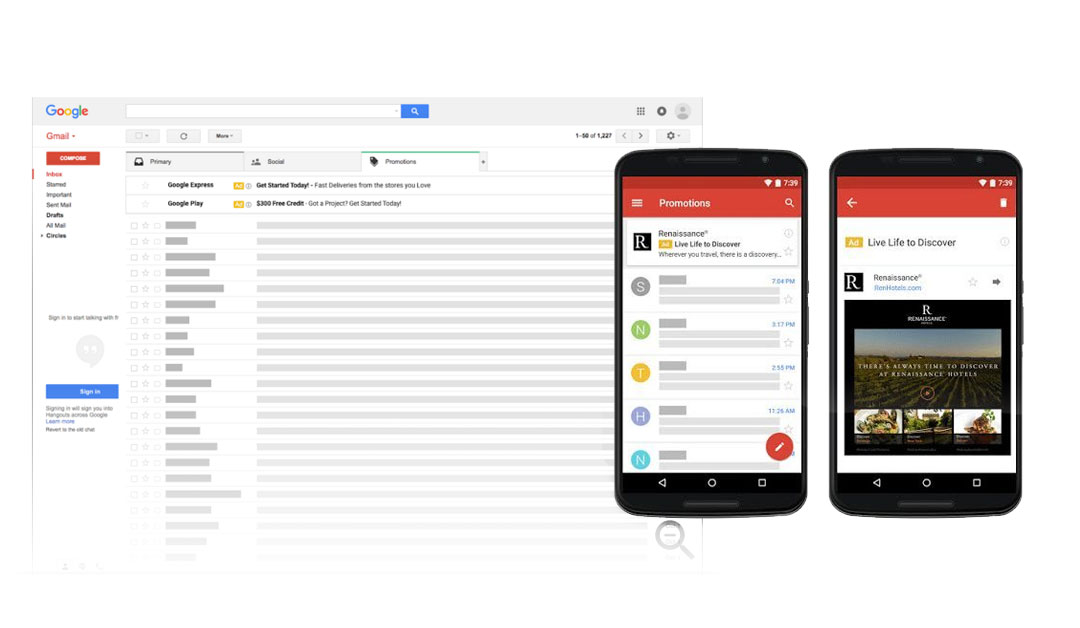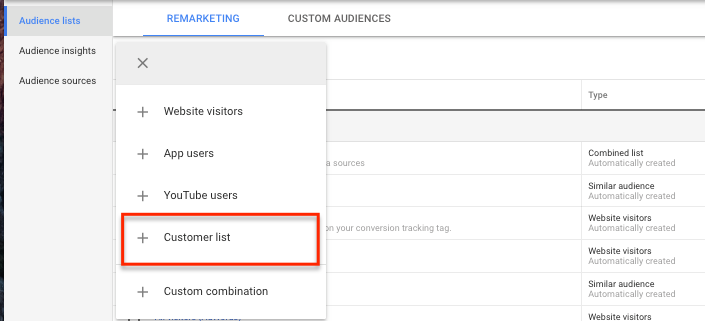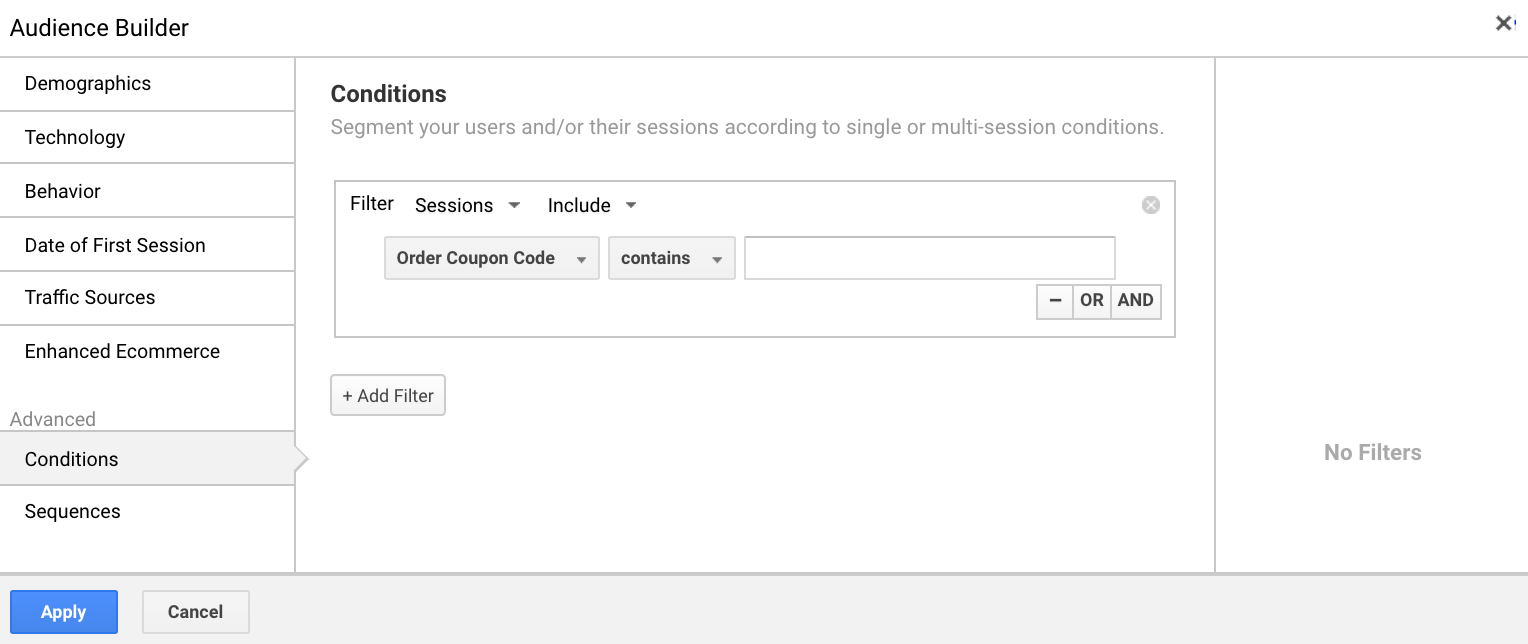Paid media tends to be primarily viewed as a tool for acquiring new customers (which it is great at!), however used in the right way it can be an incredible tool for retaining and re-engaging your past customers too.
For some reason this fact is overlooked by many, when actually some of the quickest (and highest ROI) wins can come from deploying strategies to increase the frequency of the all important second purchase.
Similarly, if your business is in the fortunate position to have organic acquisition sewn up, it wouldn’t be too hard to devise a very low cost strategy for solely using paid media for retention and repeat purchases.
If you’re looking for a few new ideas on how to re-engage past customers and increase lifetime value, here are a handful of things you can try.
Facebook Dynamic Product Ads – Past Purchasers
Once you have your product feed and catalogue set up, Facebook make it incredibly easy to get your dynamic product campaigns running. The main reason DPA campaigns are easy to set up is the simple UI that dynamic campaign ad sets use for targeting.
If you’ve set up a dynamic product ad campaign before, you’ll be familiar with the options where you can choose to target people who have viewed products, added products to cart, or entered the checkout but not purchased. All very straightforward.
What you can also do is select the ‘Cross Sell Products’ option which enables you to target anyone who has purchased a product in the last ‘x’ days, and serve ads with similar products:

Let’s say you know from past data that people from a certain location or who spend a certain amount of money are more likely to purchase again, simply click ‘Advanced Options’ and add any further targeting as you wish.
Google Display – Past Purchasers
Using Google’s display network means you also have the ability to import audiences from Google Analytics. As a result, it becomes very easy indeed to create audiences in GA for anyone who’s transacted within a specific time frame, and then import these audiences into Google Analytics.

If you’re looking to do this for an ecommerce site, then within the admin panel for your GA account you’ll see ‘Audience Definitions’ in your property column. From here, create a new audience for people who have completed a transaction within the appropriate timeframe. If you have already connected Google Analytics and Google Ads, you’ll be free to quickly import the audience directly into Google Ads for use in a campaign.
Gmail Ads – Customer Match
If you’re successfully using email as your main strategy for encouraging repeat purchasers, then Gmail Sponsored Promotions can be an excellent way to bolster your efforts. If you haven’t seen Gmail Sponsored Promotions before, they look very similar to a standard email thread which makes them a great second touchpoint to your email efforts.

When it comes to targeting, you also have the option of importing your email database as a ‘customer match’ audience.

This means you can literally run a two-pronged attack to the same audience, in the same setting very easily.
LinkedIn – Customer Match
For B2B users, LinkedIn offers a relatively simple yet still very valid set of retargeting options. You can of course retarget people based on pixel activity, however we’ve found the options to be a little limited compared to other platforms.
As a result, LinkedIn’s customer match (Audience List) offers you a bit more flexibility as you can pre-segment your audience data before uploading it.

So, let’s say you wanted to engage a list of people that have been in your pipeline for some time but where the opportunity has gone gold. Simply upload the email addresses as a customer match and you’re good to go.
Google Ads – Coupon Users
If you’re frequently discounting as a method for driving new customers, then you’re sure as hell going to want a solid plan in place to ensuring as many of your newly acquired customers convert for a second time.
This is one of the ways in which enhanced ecommerce in Google Analytics can become incredibly powerful. As we mentioned above, creating audiences in Google Analytics for use in Google Ads is very easy indeed.
If you have enhanced ecommerce implemented, you should be collecting information on transactions that took place with a discount code vs. those at full price.
Because we have this data in GA, we can create a segment. And because we can create a segment, we can also create a retargeting list!
To do this, head back to the ‘audience definitions’ option in the admin panel of GA and click ‘+ New Audience’. If you have a segment for coupon users already configured then you can simply import that, or alternatively create a new audience definition using ‘Order Coupon Code’ as your condition:

Because audience sizes are typically far lower than acquisition audiences, this also means the costs associated with running re-engagement campaigns are also significantly lower. So there really is no reason to not give these a go!




